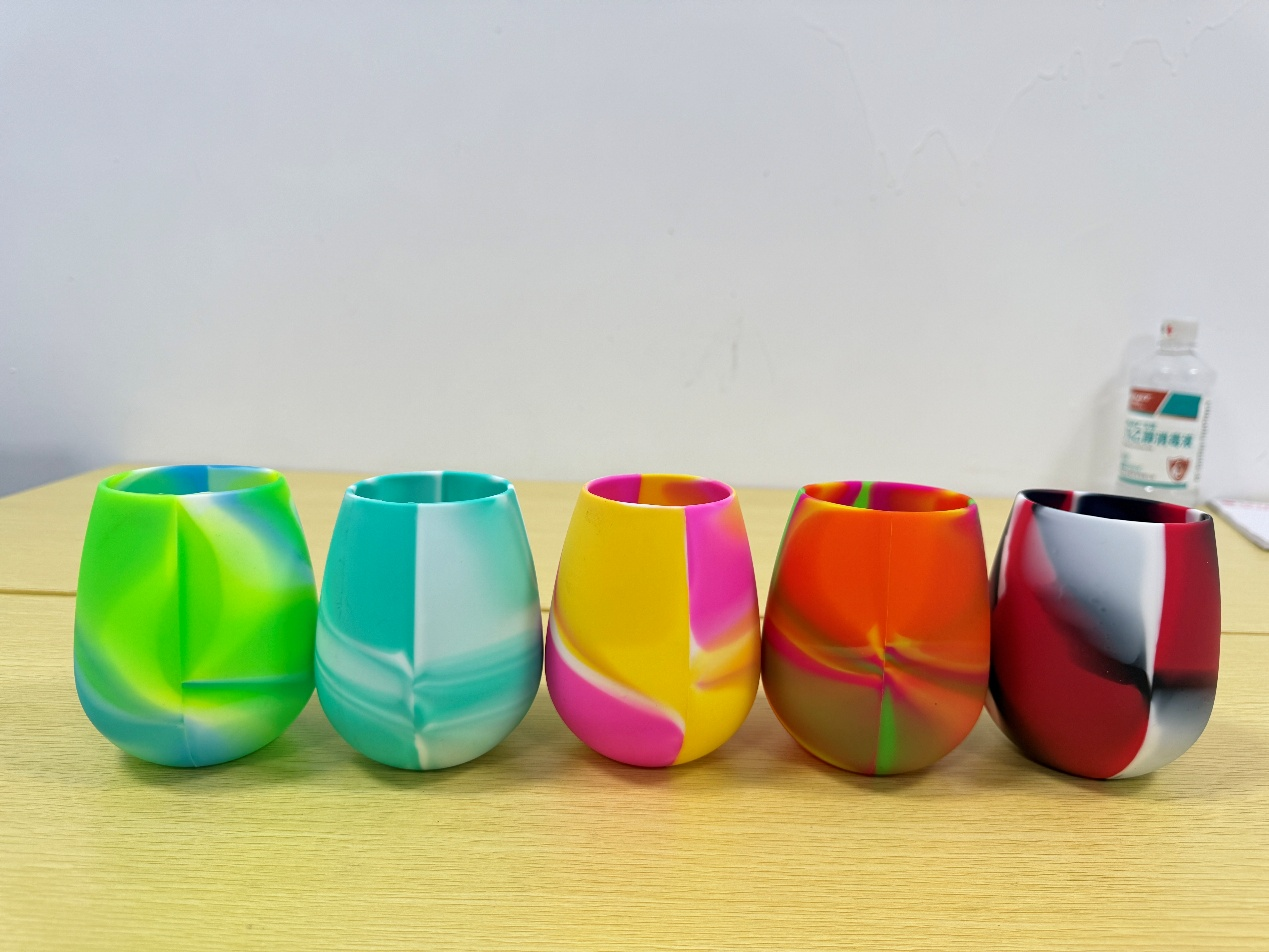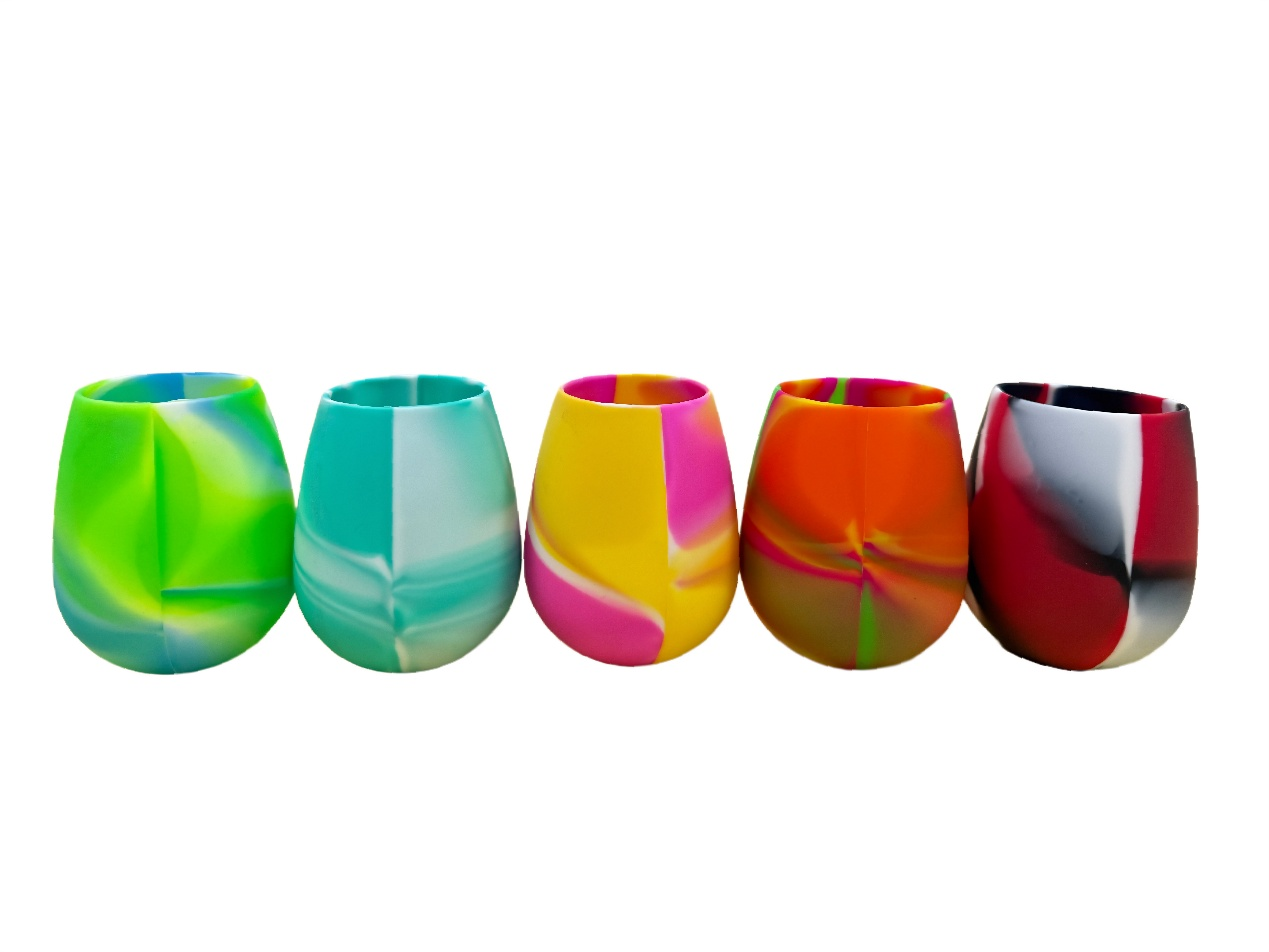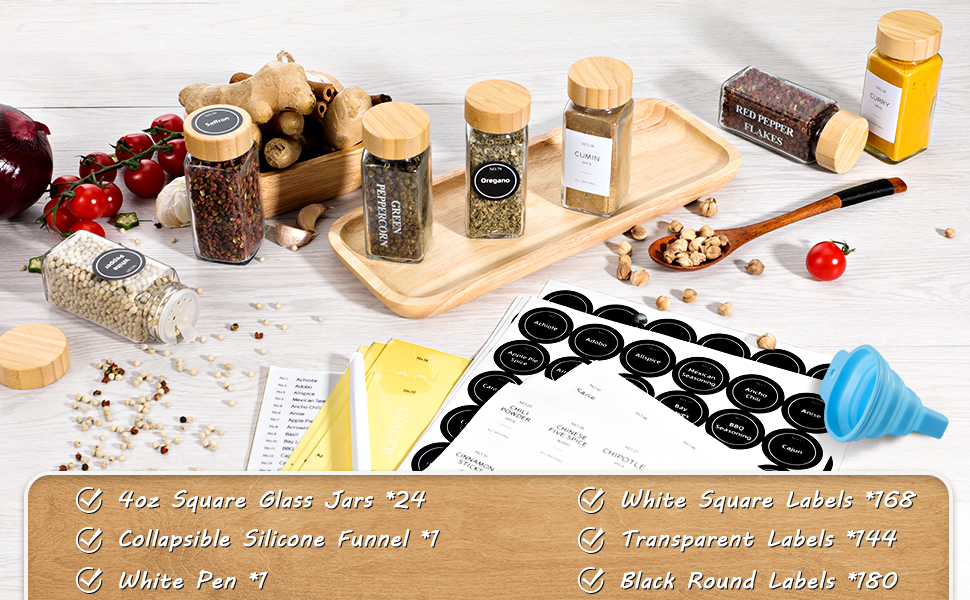The heating cable belt converts electrical energy into thermal energy to supplement the heat loss of the medium, maintain the required temperature of the medium, and achieve the purpose of anti-freeze and heat preservation. Electric heating external insulation material is a building material that uses electric heating elements to heat and insulate building exterior walls, roofs and other parts. The following introduces the performance characteristics and usage advantages of electric heat tracing external insulation materials.

Compared with traditional external insulation materials, electric heating external insulation materials have the following performance characteristics and usage advantages:
1. Energy saving and environmental protection. Electric heat tracing external insulation materials use electrical energy to convert into heat energy to heat and insulate building exterior walls, roofs and other parts. This avoids the problem of traditional external insulation materials requiring a large amount of fossil energy consumption, and is energy-saving and environmentally friendly.
2. Convenient construction. Electric heat tracing external insulation materials can be directly attached to the surface of the building, making construction convenient and quick. At the same time, because it uses low-voltage electricity as the heat source, there is no need to worry about safety hazards during use.
3. Efficient thermal insulation. Electric heating external insulation materials use advanced electric heating elements and insulation materials, which can effectively isolate heat from the outside of the building, avoid the loss of indoor temperature, and improve indoor comfort. At the same time, due to its efficient thermal insulation performance, it can also effectively reduce building energy consumption.
4. Increase the service life of the building. Electric heat tracing external insulation materials are made of materials with good weather resistance, which can effectively resist ultraviolet rays and wind and rain erosion, ensuring the service life of building exterior walls, roofs and other parts. At the same time, its efficient thermal insulation performance can also reduce the deformation of the building caused by the difference between hot and cold temperatures and increase the service life of the building.
5. Improve the comfort of the building. Electric heat tracing external insulation materials can effectively reduce indoor temperature fluctuations and improve indoor comfort. At the same time, due to its efficient thermal insulation performance, it can also reduce the temperature difference between indoors and outdoors, avoid the "greenhouse effect" and improve the comfort of the building.
To sum up, as a new type of building material, electric heat tracing external insulation material has the advantages of energy saving, environmental protection, convenient construction, efficient heat insulation, etc., and will be increasingly widely used in the construction field in the future.

 English
English Español
Español Português
Português русский
русский français
français 日本語
日本語 Deutsch
Deutsch Tiếng Việt
Tiếng Việt Italiano
Italiano Nederlands
Nederlands ไทย
ไทย Polski
Polski 한국어
한국어 Svenska
Svenska magyar
magyar Malay
Malay বাংলা
বাংলা Dansk
Dansk Suomi
Suomi हिन्दी
हिन्दी Pilipino
Pilipino Türk
Türk Gaeilge
Gaeilge عربى
عربى Indonesia
Indonesia norsk
norsk اردو
اردو čeština
čeština Ελληνικά
Ελληνικά Українська
Українська Javanese
Javanese فارسی
فارسی தமிழ்
தமிழ் తెలుగు
తెలుగు नेपाली
नेपाली Burmese
Burmese български
български ລາວ
ລາວ Latine
Latine Қазақ
Қазақ Euskal
Euskal Azərbaycan
Azərbaycan slovenský
slovenský Македонски
Македонски Lietuvos
Lietuvos Eesti Keel
Eesti Keel Română
Română Slovenski
Slovenski मराठी
मराठी Српски
Српски 简体中文
简体中文 Esperanto
Esperanto Afrikaans
Afrikaans Català
Català עִברִית
עִברִית Cymraeg
Cymraeg Galego
Galego 繁体中文
繁体中文 Latvietis
Latvietis icelandic
icelandic יידיש
יידיש Беларус
Беларус Hrvatski
Hrvatski Kreyòl ayisyen
Kreyòl ayisyen Shqiptar
Shqiptar Malti
Malti lugha ya Kiswahili
lugha ya Kiswahili አማርኛ
አማርኛ Bosanski
Bosanski Frysk
Frysk ជនជាតិខ្មែរ
ជនជាតិខ្មែរ ქართული
ქართული ગુજરાતી
ગુજરાતી Hausa
Hausa Кыргыз тили
Кыргыз тили ಕನ್ನಡ
ಕನ್ನಡ Corsa
Corsa Kurdî
Kurdî മലയാളം
മലയാളം Maori
Maori Монгол хэл
Монгол хэл Hmong
Hmong IsiXhosa
IsiXhosa Zulu
Zulu Punjabi
Punjabi پښتو
پښتو Chichewa
Chichewa Samoa
Samoa Sesotho
Sesotho සිංහල
සිංහල Gàidhlig
Gàidhlig Cebuano
Cebuano Somali
Somali Точик
Точик O'zbek
O'zbek Hawaiian
Hawaiian سنڌي
سنڌي Shinra
Shinra հայերեն
հայերեն Igbo
Igbo Sundanese
Sundanese Lëtzebuergesch
Lëtzebuergesch Malagasy
Malagasy Yoruba
Yoruba









